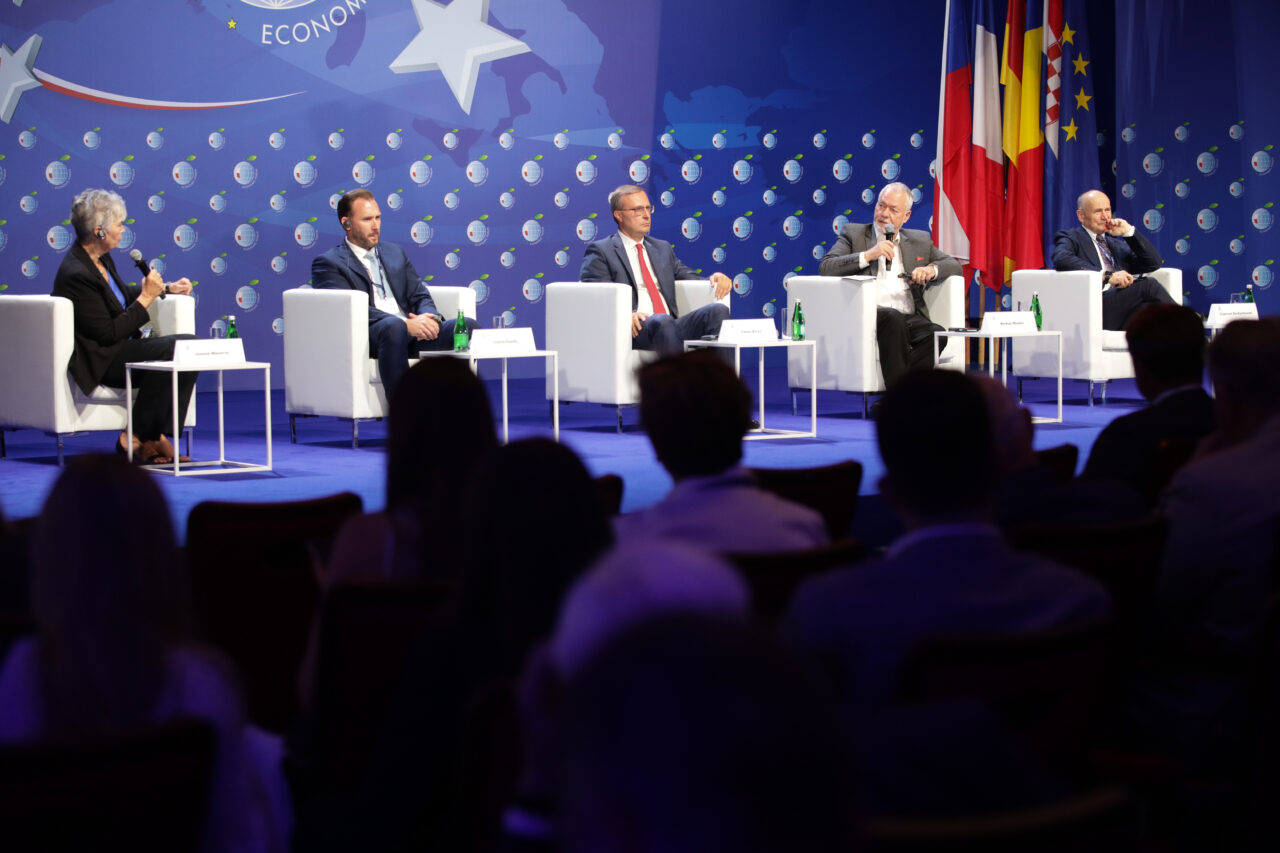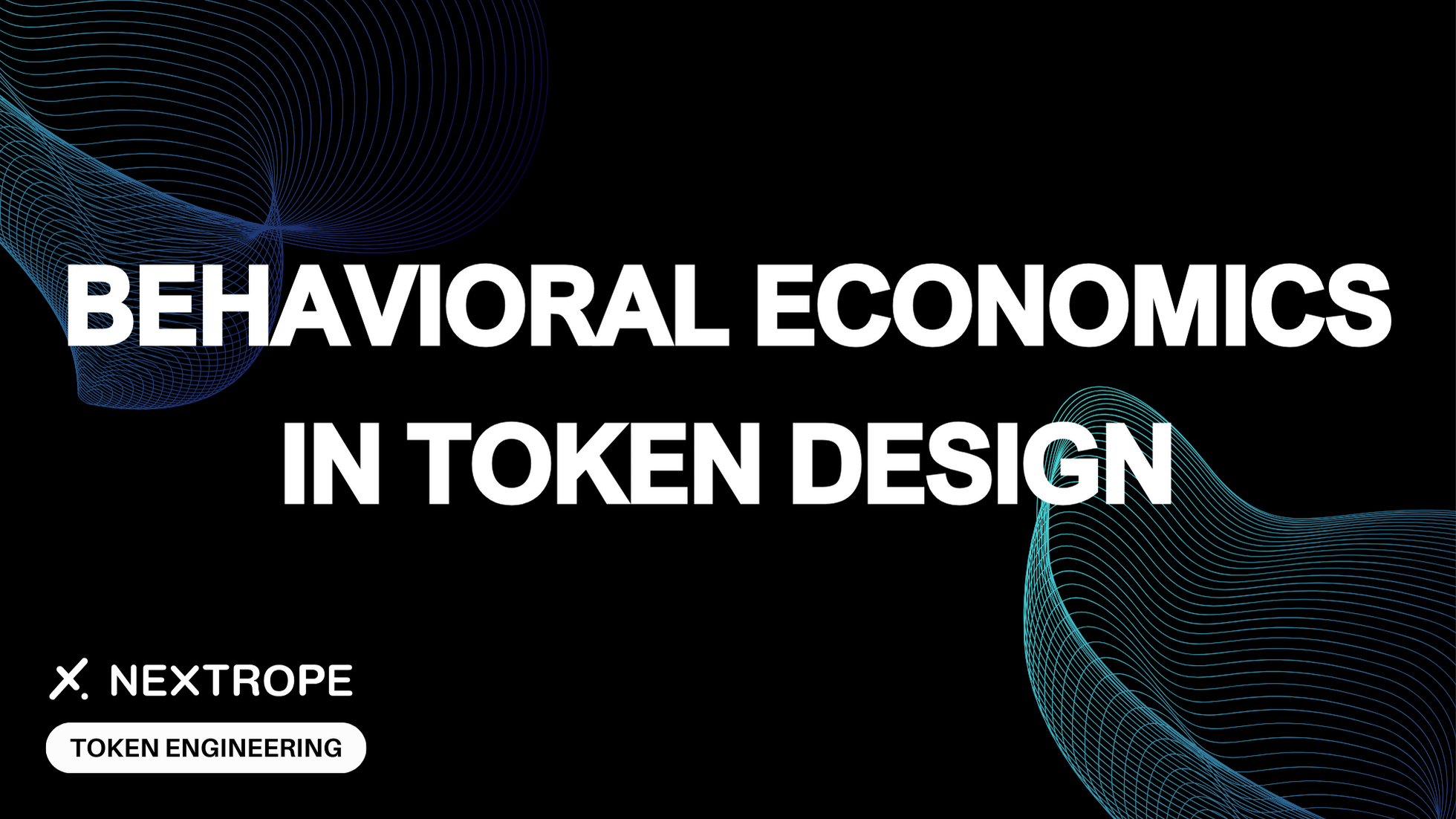The 33rd Economic Forum 2024, held in Karpacz, Poland, gathered leaders from across the globe to discuss the pressing economic and technological challenges. This year, the forum had a special focus on Artificial Intelligence (AI and Cybersecurity, bringing together leading experts and policymakers.
Nextrope was proud to participate in the Forum where we showcased our expertise and networked with leading minds in the AI and blockchain fields.
Economic Forum 2024: A Hub for Innovation and Collaboration
The Economic Forum in Karpacz is an annual event often referred to as the "Polish Davos," attracting over 6,000 participants, including heads of state, business leaders, academics, and experts. This year’s edition was held from September 3rd to 5th, 2024.
Key Highlights of the AI Forum and Cybersecurity Forum
The AI Forum and the VI Cybersecurity Forum were integral parts of the event, organized in collaboration with the Ministry of Digital Affairs and leading Polish universities, including:
- Cracow University of Technology
- University of Warsaw
- Wrocław University of Technology
- AGH University of Science and Technology
- Poznań University of Technology

Objectives of the AI Forum
- Promoting Education and Innovation: The forum aimed to foster education and spread knowledge about AI and solutions to enhance digital transformation in Poland and CEE..
- Strengthening Digital Administration: The event supported the Ministry of Digital Affairs' mission to build and strengthen the digital administration of the Polish State, encouraging interdisciplinary dialogue on decentralized architecture.
- High-Level Meetings: The forum featured closed meetings of digital ministers from across Europe, including a confirmed appearance by Volker Wissing, the German Minister for Digital Affairs.
Nextrope's Active Participation in the AI Forum
Nextrope's presence at the AI Forum was marked by our active engagement in various activities in the Cracow University of Technology and University of Warsaw zone. One of the discussion panels we enjoyed the most was "AI in education - threats and opportunities".

Our Key Activities
Networking with Leading AI and Cryptography Researchers.
Nextrope presented its contributions in the field of behavioral profilling in DeFi and established relationships with Cryptography Researchers from Cracow University of Technology and the brightest minds on Polish AI scene, coming from institutions such as Wroclaw University of Technology, but also from startups.
Panel Discussions and Workshops
Our team participated in several panel discussions, covering a variety of topics. Here are some of them
- Polish Startup Scene.
- State in the Blockchain Network
- Artificial Intelligence - Threat or Opportunity for Healthcare?
- Silicon Valley in Poland – Is it Possible?
- Quantum Computing - How Is It Changing Our Lives?
Broadening Horizons
Besides tuning in to topics that strictly overlap with our professional expertise we decided to broaden our horizons and participated in panels about national security and cross-border cooperation.
Meeting with clients:
We had a pleasure to deepen relationships with our institutional clients and discuss plans for the future.
Networking with Experts in AI and Blockchain
A major highlight of the Economic Forum in Karpacz was the opportunity to network with experts from academia, industry, and government.
Collaborations with Academia:
We engaged with scholars from leading universities such as the Cracow University of Technology and the University of Warsaw. These interactions laid the groundwork for potential research collaborations and joint projects.
Building Strategic Partnerships:
Our team connected with industry leaders, exploring opportunities for partnerships in regard to building the future of education. We met many extremely smart, yet humble people interested in joining advisory board of one of our projects - HackZ.
Exchanging Knowledge with VCs and Policymakers:
We had fruitful discussions with policymakers and very knowledgable representatives of Venture Capital. The discussions revolved around blockchain and AI regulation, futuristic education methods and dillemas regarding digital transformation in companies. These exchanges provided us with very interesting insights as well as new friendships.
Looking Ahead: Nextrope's Future in AI and Blockchain
Nextrope's participation in the Economic Forum Karpacz 2024 has solidified our position as one of the leading, deep-tech software houses in CEE. By fostering connections with academia, industry experts, and policymakers, we are well-positioned to consult our clients on trends and regulatory needs as well as implementing cutting edge DeFi software.
What's Next for Nextrope?
Continuing Innovation:
We remain committed to developing cutting-edge software solutions and designing token economies that leverage the power of incentives and advanced cryptography.
Deepening Academic Collaborations:
The partnerships formed at the forum will help us stay at the forefront of technological advancements, particularly in AI and blockchain.
Expanding Our Global Reach:
The international connections made at the forum enable us to expand our influence both in CEE and outside of Europe. This reinforces Nextrope's status as a global leader in technology innovation.
If you're looking to create a robust blockchain system and go through institutional-grade testing please reach out to contact@nextrope.com. Our team is ready to help you with the token engineering process and ensure your project’s resilience in the long term.
 en
en  pl
pl 












